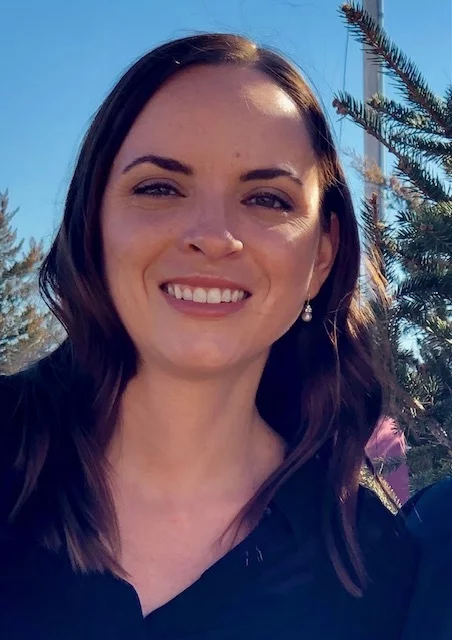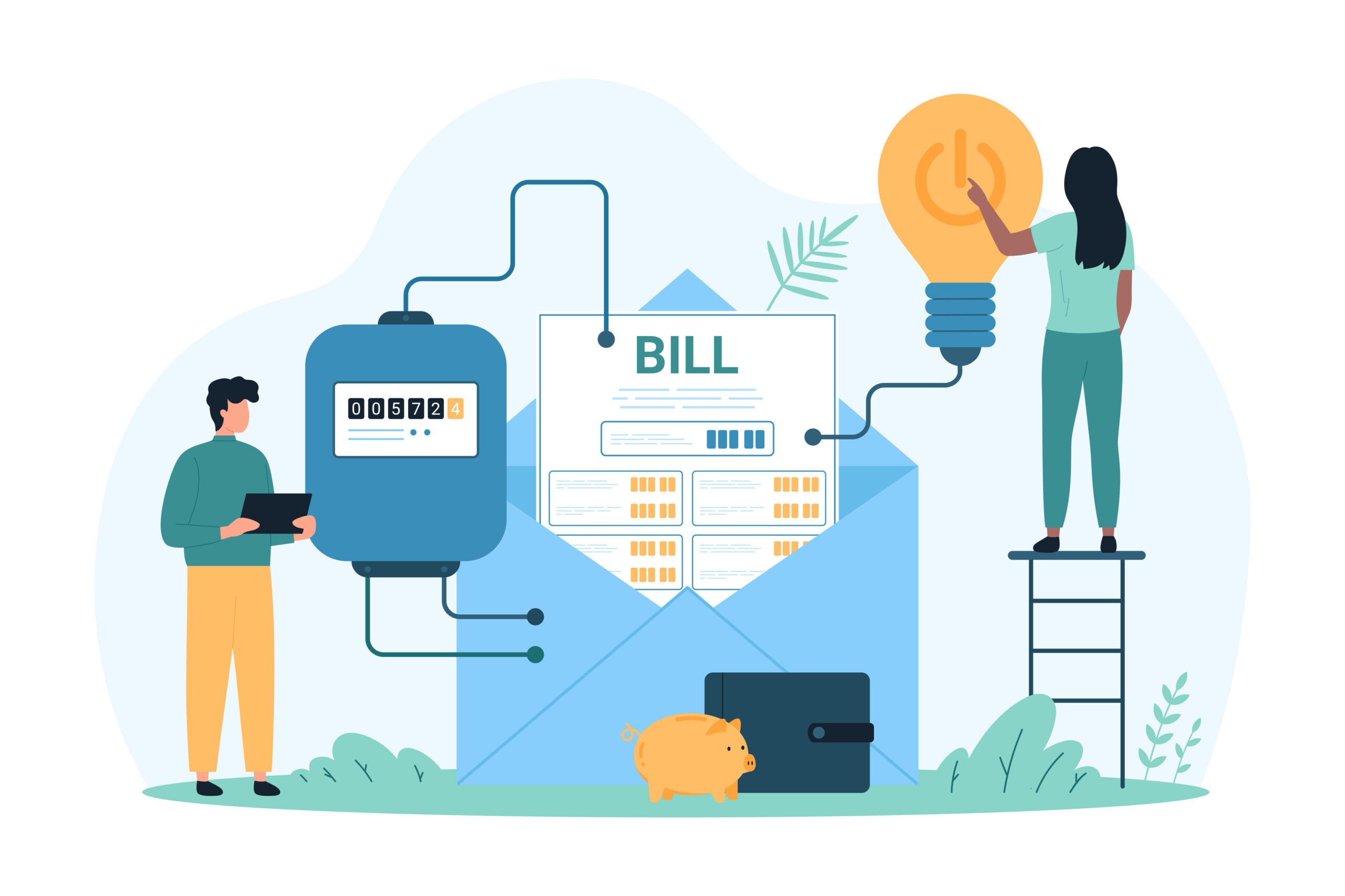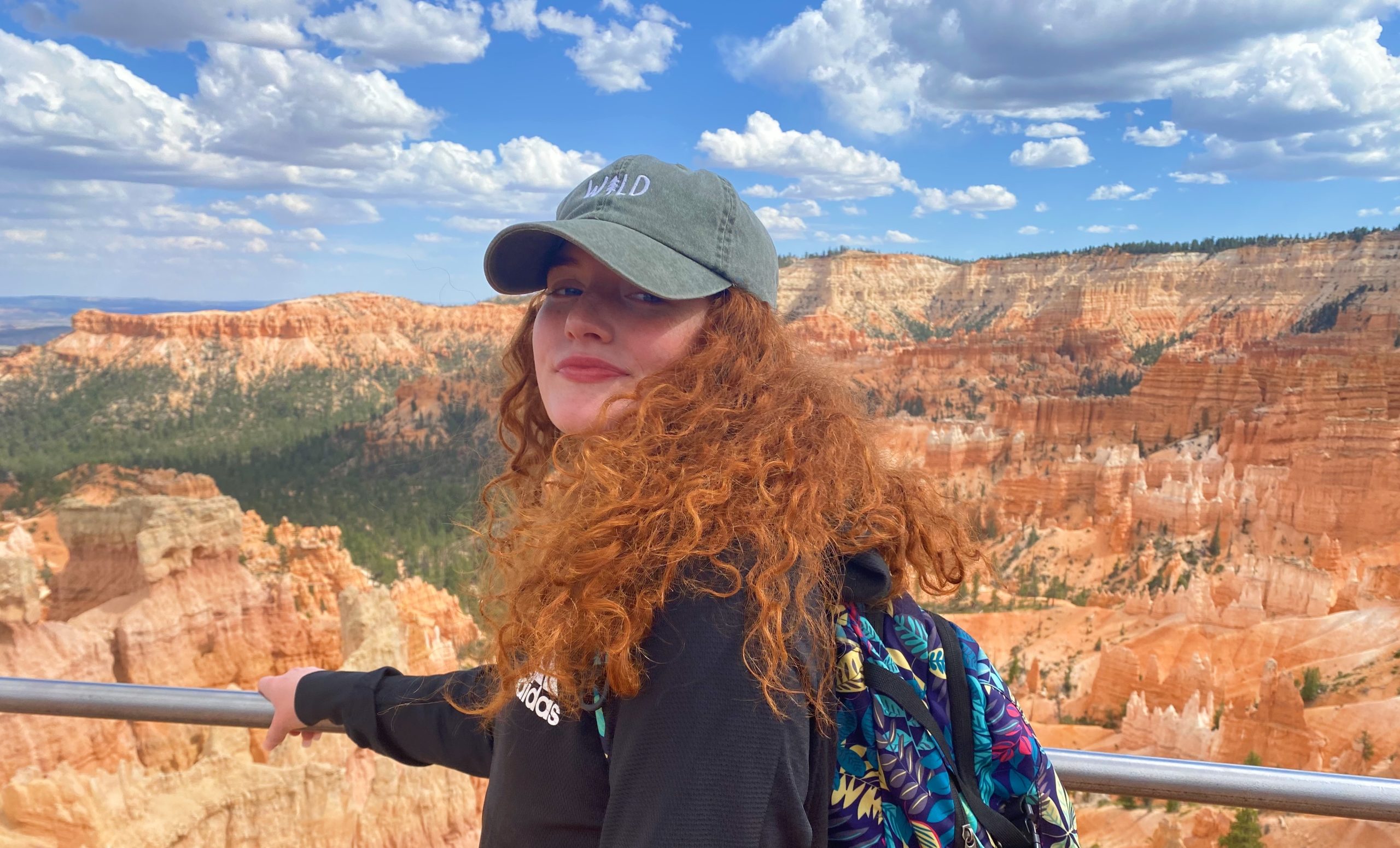According to the Bureau of Labor and Statistics (BLS), there are approximately 377,920 people employed by the Electric Power Generation, Transmission, and Distribution industry. This includes approximately 5500K project management specialists, who are defined by the BLS as employees who “analyze and coordinate the schedule, timeline, procurement, staffing, and budget of a product or service on a per-project basis.” While the overall volume of program managers has remained relatively static over time, the growth of the distributed energy resource (DER) market has presented the electric utility industry with new challenges to meet demand, but new opportunities to meet them. If you’re looking for a career as a demand flexibility program manager, finding the right way to make a first impression is crucial.
Why Become A Demand Flexibility Program Manager?
As noted above, the distributed energy resource (DER) market illustrates that consumers are investing in renewable energy solutions. These DER technologies include solar, battery storage, electric vehicles (EVs), and smart home devices like thermostats and water heaters. By and large, devices like solar, battery storage, and EVs add encumbrance to the grid, while decreasing consumer need for electric utilities. And that means a lot more need to manage the grid, while utilities are struggling to find new sources of revenue.
Fortunately, these otherwise disparate devices are potential energy solutions through a distributed energy resource management system (DERMS), which can aggregate these assets into various demand flexibility initiatives, and more DERs are coming. In the U.S., legislation like the Inflation Reduction Act and Bipartisan Infrastructure Law have fostered the adoption of renewable energies into the national grid. This same legislation has created a path for the increased EV charging infrastructure necessary to meet a nationally mandated increase in EV manufacturing.
Demand flexibility initiatives like demand response, EV managed charging, and virtual power plants provide opportunities for utilities to employ more renewable energy resources to meet increasing demand while enhancing grid resiliency and fostering new streams of revenue. Through a Grid-Edge DERMS, utilities can and need to engage in these types of demand-side management strategies to meet customer needs during the energy transition. As such, becoming a demand flexibility program manager at a utility is a highly valuable job that promises to evolve to match the technologies available and needs of consumers. This is a growth market that does and will continue to need more capable leaders, so let’s look at how to get started on a great resume.
The Value of a Good Resume
As most of us know, a resume is a document meant for recruiters and HR personnel that demonstrates your experience and talents. The earliest example of a resume appeared courtesy of inventor Leonardo da Vinci, in a letter enumerating his skills and achievements to the Duke of Milan. Still, the resume as we understand it didn’t become accepted practice until the 1930s, a product of industrialization. To craft a great resume, candidates must express their skills, scrutinize and detail accomplishments, critically evaluate all work for perfection, and reflect on what your resume says about your potential candidacy. For example, a robust resume will indicate a continuity of experiences that demonstrates not only expertise but long-term commitment.
Resume Quick Facts
Before we move on, let’s review a few statistics—and potential solutions—that prove the value of a great resume.
- Most resumes are between 1-2 pages – Brevity is everything! Remember, you have both a cover letter and a potential interview to get into specific details about your professional experience. Keep your resume concise and to the point.
- On average, employers spend 6-7 seconds looking at resumes – In addition to keeping it short, look for any opportunities to enhance the appearance of your resume, from the layout to making sure every word pops.
- Only about 10-20% of all submitted resumes lead to an interview – Use this to your advantage by standing out in as many ways as possible.
There’s so much more to get into, but ultimately these statistics paint a very clear picture. Resumes that stand out are shorter, direct, and personable. Let’s look at how you can put these tips to use in your utility program manager resume.
Cover Letter: Why You’re Into It
Research indicates that around 60% of companies require a cover letter. Fortunately, cover letters provide an opportunity to demonstrate exactly why you want to become a demand flexibility program manager. While your resume is effectively a listicle that enumerates your various talents and accolades, your cover letter is a chance for you to show off your skill at effective communication.
More importantly, an effective cover letter provides prospective demand flexibility program managers the space to explain not only why you might be a good fit for the job, but your interest in renewable energies. Do you have a passion for clean energy? Are you interested in the Just Energy Transition and fighting climate change? Say that! Let hiring managers know with a brief and to-the-point cover letter.
Demonstrate Your Organizational Skills
First and foremost, illustrating your organizational skills shows how easy you might be to work with. For your resume, start with a clean and orderly presentation that is as concise as it is informative. When writing out your skills, share talents pertinent to a demand flexibility program manager. For example, do you have experience with vendor management, with ensuring that device partners and utilities can connect affordably? Express that. Make sure to include information details about any work experiences that you’ve had working with customers, or managing data. Great! Share that information, including, if possible, how you accomplished your skills.
Understanding Utility Regulations
Another outstanding element to add to your demand flexibility program manager resume is anything that shows your regulatory experience. As anyone in the utility industry can tell you, regulatory compliance is an existential necessity. As such, having an understanding of those processes demonstrates your understanding of how to get a program running while adhering to regulatory guidelines. Likewise, demonstrating your knowledge of utility regulations, especially any work with utility regulations, is a great way to show your skill as a technical writer, a talent useful for anyone interacting with bureaucracy.
Accolades
There is truly no one more qualified to cheerlead for you than you, so make sure that you list accomplishments and achievements in addition to the skills and talents you’ve picked up that might uniquely position you for success. Common examples might be any professional recognition or awards that you’ve received. For a demand flexibility program manager, enumerate anything that highlights your ability to deliver service. If you have experience with any demand-side management programs, express that not only in terms of role responsibilities but also by showing value added. Did your programs grow over time? Show how you were able to scale your demand flexibility programs.
Furthermore, show your ability and willingness to build rapport with your community. By demonstrating a commitment to customer satisfaction and the user experience, you can show that you care both in the customer experience and in terms of kilowatt hours conserved. Ultimately, ensure that your resume has anything to demonstrate your operational excellence, whether that’s specific experience in energy/utility fields or more specifically, how you successfully managed a program or project.
Post-Event Demand Flexibility Metrics
A subset of the above section, showing post-event metrics is crucial. For demand flexibility program manager candidates, enumerating your successes is key. In this case, that means showing programmatic growth in terms of energy saved, opt-in/out participation rates, and anything else to show how your efforts have played out over time. Whether you’re measuring overall programmatic performance or the impacts of your customers’ outreach efforts, this information demonstrates attention to detail and planning informed through statistical analysis.
Demand Flexibility Program Manager Resume Conclusion
With so many distributed energy resources (DERs) on the market and in the hands of consumers, the need for effective demand-side management strategies to conserve and distribute energy will only increase. That means that demand flexibility program management represents a growth opportunity, to meet rising demand while stabilizing grid resiliency. We’re optimistic that using our handy guide here, as well as your favorite resume template online can help establish your successful candidacy.






